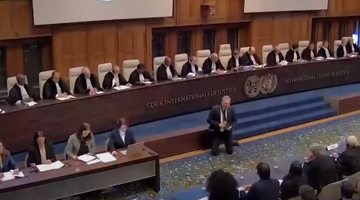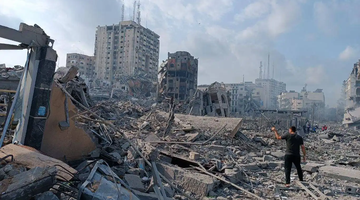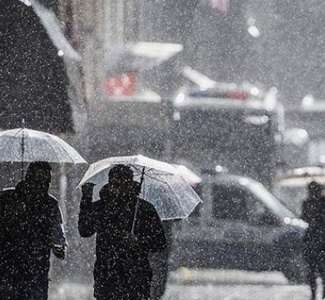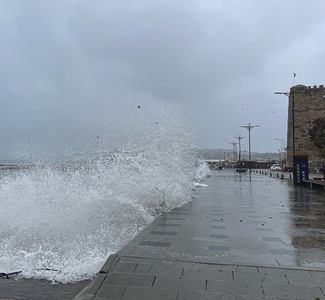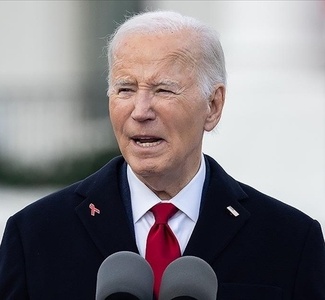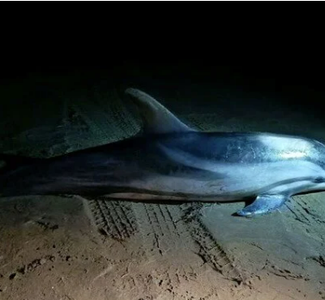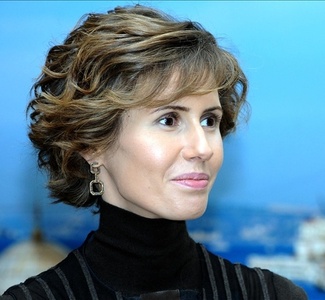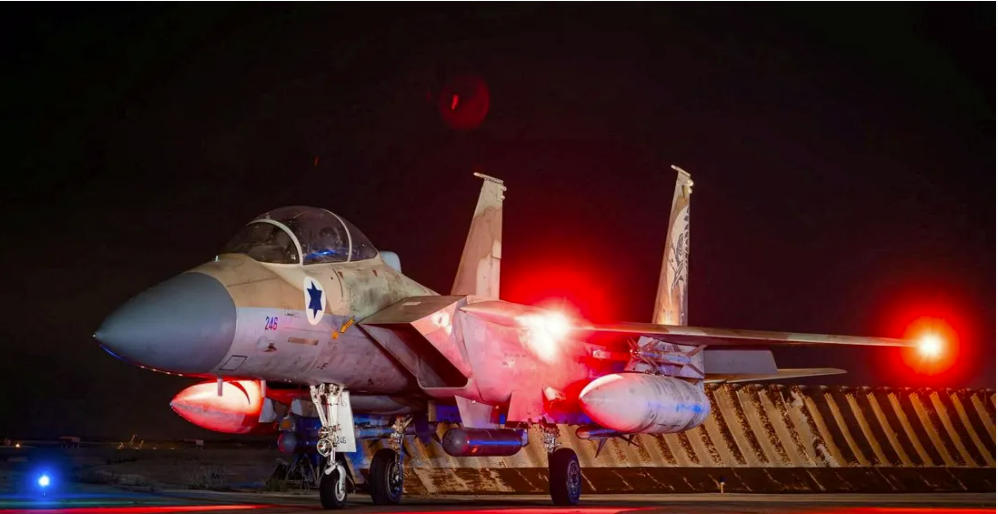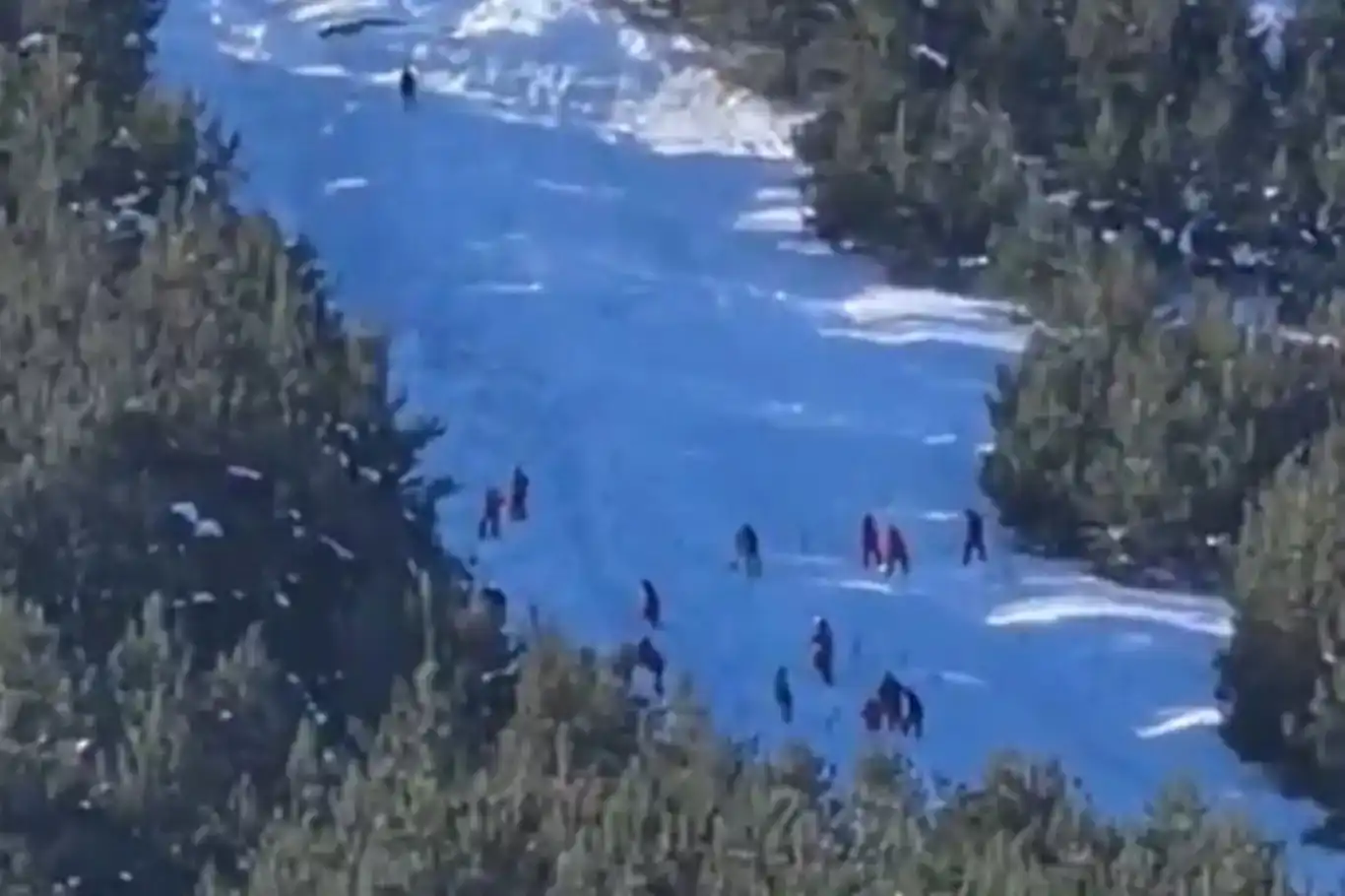IAEA chief warns of ongoing risks at Zaporizhzhia nuclear plant
Rafael Grossi, the Director General of the International Atomic Energy Agency (IAEA), raised concerns about the precarious state of the Zaporizhzhia nuclear power plant in southeastern Ukraine, now under Russian control.

 Google News'te Doğruhaber'e abone olun.
Google News'te Doğruhaber'e abone olun. Speaking at a UN Security Council meeting, Grossi emphasized the extreme fragility of nuclear safety and security at the Zaporizhzhia facility.
Zaporizhzhia, Europe's largest and one of the world's top 10 nuclear power plants, fell under Russian control following the onset of the conflict on February 24, 2022.
Grossi disclosed that all six reactors at the plant have been shut down since mid-2022, with five in cold shutdown and one in hot shutdown. Despite this, he stressed the ongoing risk of a major nuclear accident.
Operating with a significantly reduced staff, the plant's current conditions are deemed "not sustainable," according to Grossi. He highlighted eight instances where the site lost all off-site power, relying on emergency diesel generators as the last line of defense against a nuclear accident.
Grossi urged the Security Council to recognize the critical importance of off-site power availability for the plant's safe operation. While acknowledging that a nuclear accident has not occurred, he cautioned against complacency, emphasizing the need to minimize the risk.
Before addressing the Security Council, Grossi met with UN Secretary-General Antonio Guterres to discuss pivotal issues, including nuclear safety and security in Ukraine and non-proliferation efforts in the Middle East.
Grossi also announced plans to visit both Kyiv and Moscow, emphasizing the role of diplomacy in addressing these critical concerns.
The Zaporizhzhia Nuclear Power Plant (ZNPP) is located in southeastern Ukraine, near the city of Enerhodar.
It is the largest nuclear power plant in Europe and among the 10 largest in the world, with six reactors capable of generating 6,000 megawatts of electricity.
The plant was built by the Soviet Union between 1984 and 1990 and has been in operation since 1985.
Since the start of the war in Ukraine in February 2022, the ZNPP has been under Russian control.
All six reactors were shut down in mid-2022, five in cold shutdown and one in hot shutdown.
However, the plant relies on off-site power for essential cooling functions, and there have been eight occasions where this power was lost, requiring emergency diesel generators to kick in. (ILKHA)




























